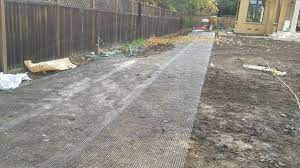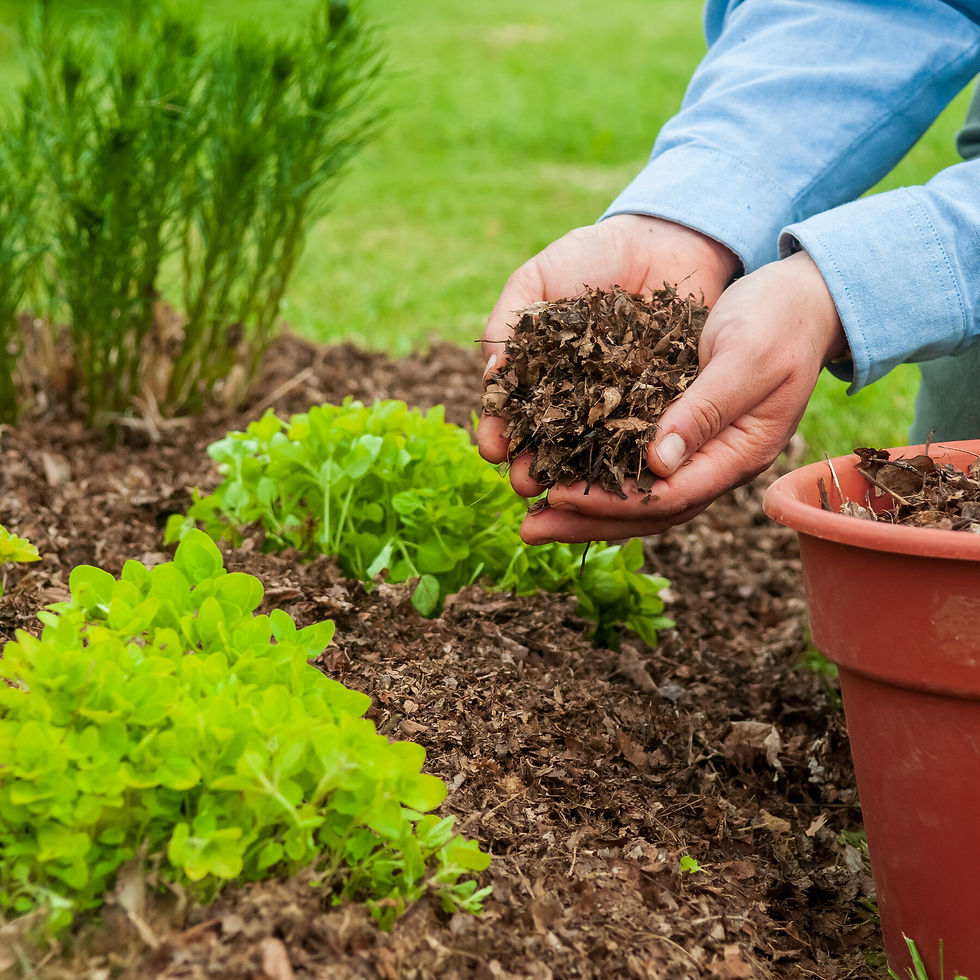Pest Control - How do you get rid of them...organically?
- Natalie Williams
- Mar 15, 2024
- 6 min read

Pest control is one of those ever present battles that a gardener faces, whether your just starting out or have been gardening for years, those little buggers will keep you up at night! Chances are if you are taking the time to garden at home, you are probably hoping to avoid the use of chemicals and pesticides that store bought veggies have. We first of course want to congratulate you on taking the big leap to local organic backyard farming! We also want to help you maintain your garden without watching your hard work get eaten alive by aphids or yanked completely into the ground by gophers, so we have compiled some helpful gardening tips to keep the pests away!
Animals and Insects

In this article we will cover two topics, animal and insect pests, and plant pests like weeds. It is important to note that though application can be world wide, our article is targeted at Californian audiences, so not all pests may be applicable to your region.
Gophers are probably the #1 battle of California gardeners, they are everywhere, will keep coming back, and are absolutely ruthless with your plants and pathways. The important thing to remember about gophers is that no amount of trapping or poison will actually remove them from your yard, trust me, we've tried. You are better off using physical barriers to keep out unwanted holes, or using strong smelling plants to limit their advances into smaller areas.

Physical barriers are the most effective way to keep gophers out, so if you are working in a smaller area, this is definitely the way to go. Gopher wire can be laid under natural pathways, lawns, and vegetable beds. the downsides of gopher wire is that it can be quite costly to purchase and a pain to install, so if you are working in a larger area, keep wire to the locations where you could not stand to see their holes, like in a new lawn or under natural pathways. If working with fewer plants large plants in a larger area, you may consider using gopher baskets. These are metal cages that go around the roots of your trees or bushes, and keep the gophers from eating away the roots to the point where the plant will die. We use this method when planting new fruit trees or other decorative trees, just make sure to close the basket around the top of the trees because these guys are relentless and will try to climb in from the top if given the option.

Deterrent plants are the second most useful option when fighting gophers, and will work with other small creatures such as squirrels and rabbits as well. Gophers have a highly sensitive sense of smell, and tend to stay away from fragrant herbs and spices. Planting borders using rosemary, lavender, sage, or lemongrass will deter the rodents from your veggie zone. If you want to extra effective, we recommend also spreading these plants throughout your beds so that they cant just travel under the border and pop up next to your lovely tomato plants. This option is less effective than physical barriers, but will greatly reduce the invasion if you opt to plant your beds in a large area directly in the ground.
Aphids are a small green bug that cluster under the leaves of your plants and eat holes in

the leaves until they cannot produce enough energy for the plant and it dies. The biggest predator of aphids are ladybugs. In our town you can go down to the local nurseries or construction stores and they sell boxes of ladybugs to be released in your yard for exactly this purpose. If you cannot find them locally, you can also order boxes of hibernating ladybugs online. This is a fun experience especially of you have little children, let them open the box and hoot and holler as the ladybugs crawl out and fly away!

If you have a high concentration of aphids on one plant or feel like the ladybugs are not doing enough to get rid of them, you can also "white wash" your plants with hydrogen peroxide. This is best done before and after your plants are blooming and producing fruit, but can be done during this time as well. We recommend not using more than 2-3 teaspoons of hydrogen peroxide per gallon of water, as too high of a concentration can damage the leaves of your plant. It is not a bad idea to get into the habit of hydrogen washing your plants every now and then anyway, because it also helps eliminate fungus and other bacteria that can kill your plants. This wash will also help with invasions of earwigs, spider mites, and other bugs that eat at the leaves of your plants.
Weeds and Invasive Plants

Whether you are just having a general weed problem or targeting a specific plant that keeps trying to take over your yard, weeds and plants can be a real pain in the neck. There is not special trick to eliminating weeds, ripping them out will always be the most effective method. But, there are some tricks to reduce the amount of weeding to be done come spring.

Mulching is a tried and true method for reducing the onslaught of weeds in your yard. Mulch is a relatively inexpensive options, and can be used over large areas to help reduce the massive sprouting of weeds. Mulch is also beneficial to the plants you do wants in your garden by protecting your soil from sun and water loss. For mulch to be effective, make sure to spread it at lease 3/4 inches thick, and reapply each year before new plant growth begins.
Barriers such as weed cloth or cardboard can be effective in reducing a large amount of

in one area or along a path. Please not that this is still not a "one and done" option however as the wind will eventually bring in new seeds over the barrier that will eventually sprout up. Weed cloth tends to last longer, but can be a little more costly. Cardboard is much better for the environment as it will slowly break down, but will eventually become useless in a location like a gravel path that is less likely to house a large amount of weeds over time.
Boiling Water is not effective for massive areas, but highly effective for killing one type of invasive plant seed that keeps coming back year after year. You will want to be sure to turn

this soil as much as possible before applying the water as these seeds can be buried deep down and not be effected. Once you have a clean slate of turned soil, take a pot of boiling water and thoroughly saturate the ground, this will kill the new seedlings and hopefully eliminate the plants ability to pop up in that area again. This process is best done right before your weeds start to appear above the ground, and may need to be repeated for a season or two. Please note that boiling water will also kill the plants you want to keep, so make sure to stay away from any areas where you wish to keep the plantings your already have growing.
Avoid planting invasive plants! Though this can seem like a no-brainer, it is not always obvious which plants are likely to take over an area. People often end up with invasive plant problems because someone at some point thought that the plant was beautiful and added it to their garden. Make sure to do your research on what plants are highly invasive in your region before beginning to plant, and remember that plants native to the area will always be a good addition. Here is a list of a few plants we have seen people struggle with in the California region:

Ice plant
Ivy
African Daisies
Goat-grass
many types of Thistle
onion grass
pampas grass
Tree of Heaven
Giant Reed
Big Periwinkle
Bougainvillea
Eucalyptus Trees
Though these methods can take a little but more thought and work than the traditional pesticide route, they can be very effective in reducing plant death and unwanted weeds in your garden. We hope you found this article helpful, and don't forget to keep up the gardening!



Comments